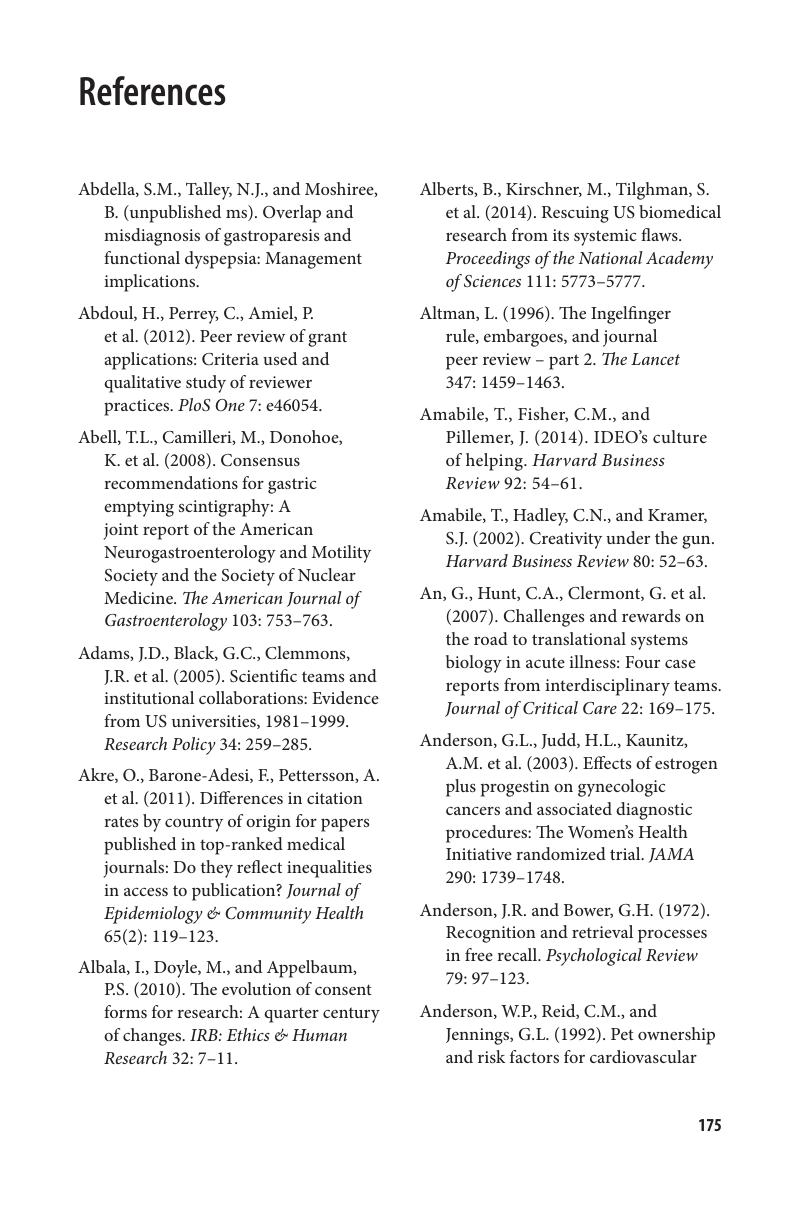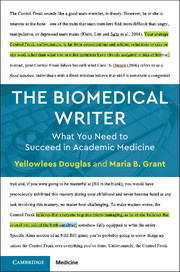References
Published online by Cambridge University Press: 04 April 2018
Summary

Information
- Type
- Chapter
- Information
- The Biomedical WriterWhat You Need to Succeed in Academic Medicine, pp. 175 - 197Publisher: Cambridge University PressPrint publication year: 2018
